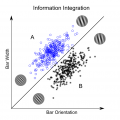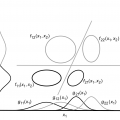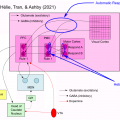The evidence is now overwhelming that humans have multiple learning systems that are functionally and anatomically distinct, that evolved at different times for different purposes, that learn in qualitatively different ways, and that are ideally suited to learn different kinds of things.








